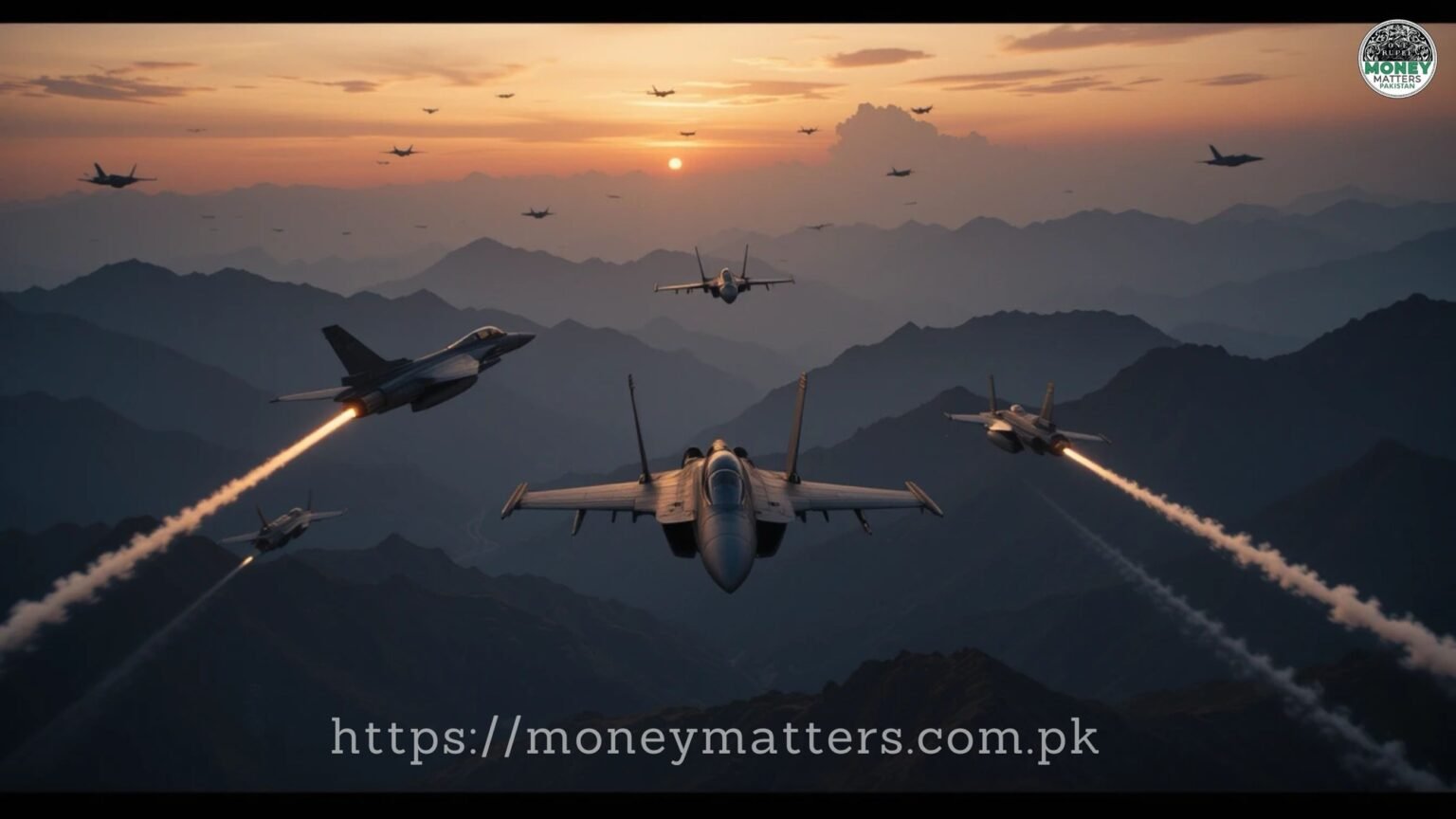Economic Impact of the Four-Day Military Standoff Between Pakistan and India Analyzed Amid Rising Tensions
Key Takeaways:
• The four-day Pakistan-India military standoff cost both nations an estimated $1 billion per hour, with India bearing the majority of the financial burden.
• Pakistan’s economy showed resilience, with the stock market posting historic gains shortly after the ceasefire, indicating investor confidence in Islamabad’s measured response.
• Economists warn that ongoing conflict risks deepening poverty and economic instability in both countries, urging a shift from military to economic competition.
Money Matters Monitoring – The recent four-day military confrontation between Pakistan and India has resulted in staggering economic losses, with a leading economist estimating the cost at approximately $1 billion per hour for both countries combined. This intense standoff, the worst since 1999, disrupted markets, escalated defense spending, and inflicted significant financial damage on two nuclear-armed neighbors already facing economic challenges.
The detailed analysis and figures were reported by Arab News, which quoted Pakistani economist Farrukh Saleem estimating the total cost of the 87-hour conflict at about $1 billion per hour for both nations combined. According to Saleem, Pakistan bore roughly 20% of the cost, while India incurred the majority share due to its larger military infrastructure and more expensive equipment.
The conflict erupted after a deadly attack on tourists in Indian-administered Kashmir on April 22, which India blamed on Pakistan-a claim denied by Islamabad. The situation escalated dramatically on the night of May 6/7, when India launched strikes on several locations inside Pakistan, targeting what it called “terrorist infrastructure.” Pakistan responded by downing five Indian fighter jets, leading to intense aerial and artillery exchanges over the next 87 hours until a ceasefire was brokered by the United States and other international actors.
Economic Costs and Military Expenditure
Arab News reported that India’s use of costly French Rafale jets, priced at around $240 million each, and BrahMos ballistic missiles, costing about $3 million apiece, contributed heavily to the financial toll. Pakistan’s military assets, including Chinese JF-17 Thunder and J-10C jets, are comparatively less expensive, at $20-25 million per aircraft.
The daily economic losses, including stock market declines and disrupted trade, were estimated at around $20 billion per day-Pakistan losing approximately $4 billion and India around $16 billion daily. Had the conflict continued for a month, combined losses could have reached $500 billion, with India shouldering over $400 billion.
Pakistan’s Fiscal Resilience and Investor Confidence
Khurram Schehzad, adviser to Pakistan’s finance minister, told Arab News that the standoff “won’t have a large fiscal impact on Pakistan” and can be managed within existing fiscal space without requiring a new economic assessment. The Pakistan Stock Exchange responded positively after the ceasefire, with a historic 9.45% single-day gain, signaling investor confidence.
Broader Economic and Social Implications
Experts quoted by Arab News, including Dr. Ali Salman of the Policy Research Institute of Market Economy (PRIME), warned that ongoing conflict risks undermining investor confidence and deepening poverty in both countries. Shakeel Ramay, another economist, estimated Pakistan’s military expenditure during the conflict at around $1.5 billion.




